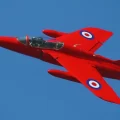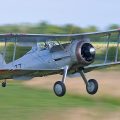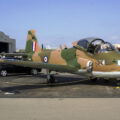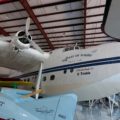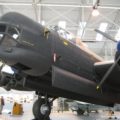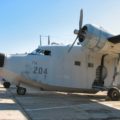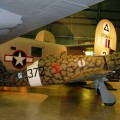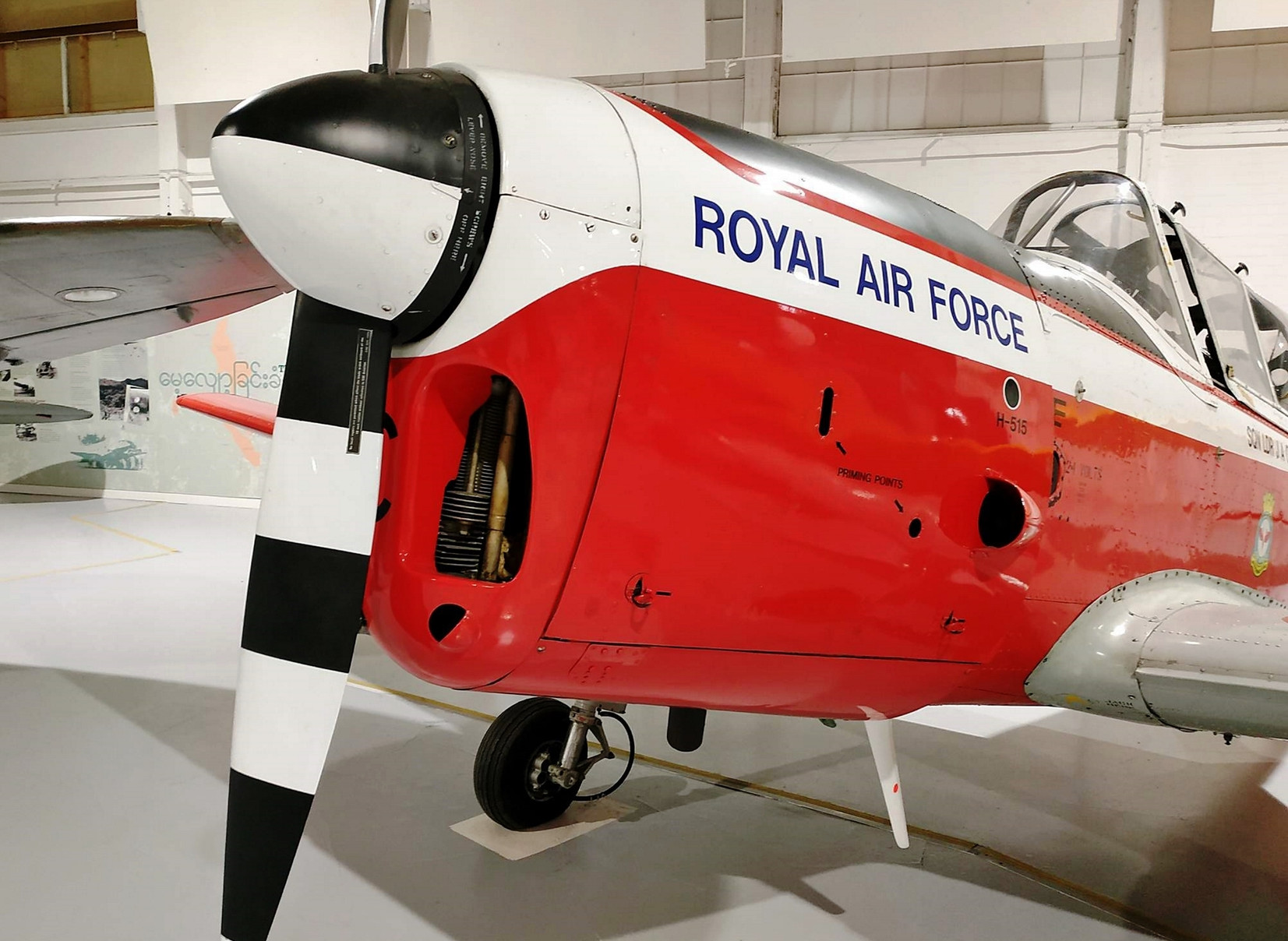
de Havilland Canada DHC-1 Chipmunk | |
|---|---|
| Krajiny | UK + Canada |
| Úlohu | Školiteľský lietadlo |
| Prvý let | 22 May 1946 |
| Postavený | 1284 |
Komisia de Havilland Kanada DHC-1 Chipmunk is a tandem, two-seat, single-engined primary trainer aircraft designed and developed by Canadian aircraft manufacturer de Havilland Canada. It was developed shortly after the Second World War and sold in large numbers during the immediate post-war years, being typically employed as a replacement for the de Havilland Tiger Moth biplane.
Zdrojový: de Havilland Kanada DHC-1 Chipmunk na Wikipédii
| DHC-1 Chipmunk Walk Around | |
|---|---|
| Photographer | Josef Mezera |
| Localisation | Unkonw |
| Photos | 45 |
Nájdite súpravy na eBay:
| De Havilland Canada DHC-1 ‘Chipmunk’ T.10 Walk Around | |
|---|---|
| Photographer | Ondrej Skarka |
| Localisation | Unkonw |
| Photos | 12 |
Súvisiace súpravy:
The de Havilland Canada DHC-1 Chipmunk was a single-engine, two-seat, monoplane trainer aircraft that was designed and developed by de Havilland Canada in the late 1940s. It was intended to replace the de Havilland Tiger Moth biplane, which had been widely used for pilot training during World War II. The Chipmunk had a metal fuselage and fabric-covered wings, and featured a sliding canopy that offered excellent visibility for both the instructor and the student. The Chipmunk was powered by a de Havilland Gipsy Major 8 engine that produced 145 hp.
The first prototype of the Chipmunk flew on May 22, 1946, piloted by Pat Fillingham, a test pilot from the parent company in England. The flight was successful and the aircraft demonstrated good handling and performance characteristics. The Royal Canadian Air Force (RCAF) ordered 113 Chipmunks for primary training, while the Royal Air Force (RAF) selected it as its standard basic trainer after a competition with the Fairey Primer. The RAF ordered 735 Chipmunks, which were built under licence by de Havilland in England at Hatfield and Chester. The Chipmunk also served with many other air forces around the world, including Portugal, where it was built under licence by OGMA.
The Chipmunk was well-liked by pilots for its agility and responsiveness, and it was capable of performing aerobatic maneuvers. It was also used for various civilian purposes, such as crop spraying, glider towing, air racing, and personal transport. Many former military Chipmunks were sold to private owners and flying clubs after being retired from service. Some of them were modified with more powerful engines or different canopies to suit different needs. The Chipmunk remained in service with the RAF until 1996, when it was replaced by the Scottish Aviation Bulldog. Today, hundreds of Chipmunks are still flying around the world as historic or recreational aircraft.
Pohľady : 368

